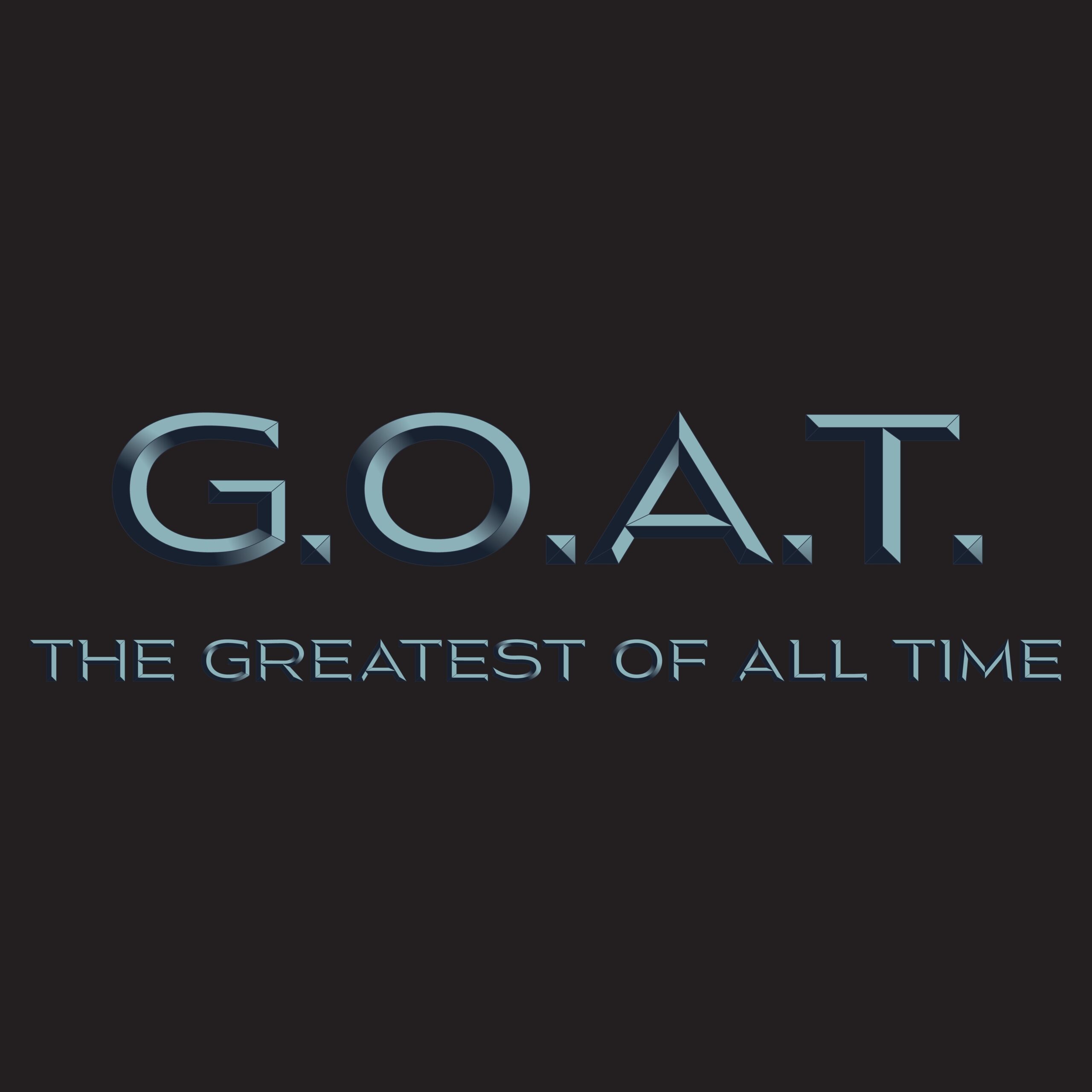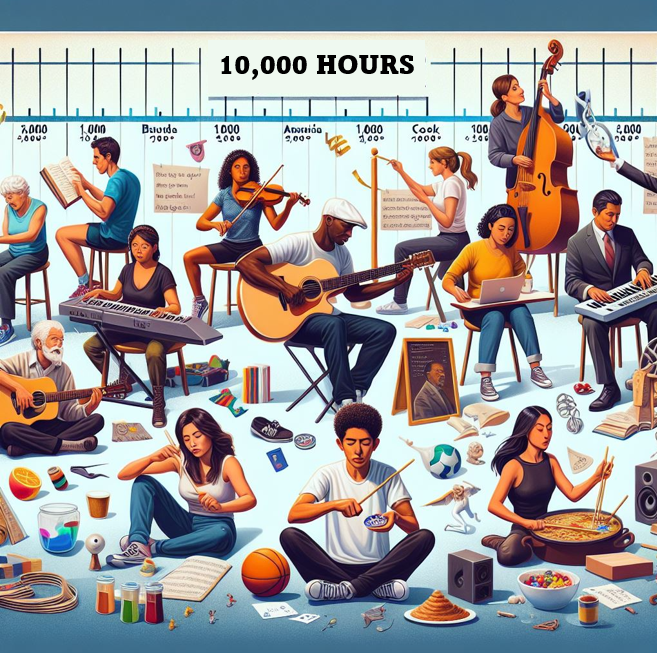
Tempus fugit, indeed.
We’re coming up on the 25th anniversary of Malcolm Gladwell‘s breakthrough book, The Tipping Point. It is not often a marketing book becomes the fulcrum of conversations both in the conference room and in kitchens, but that’s precisely what Gladwell pulled off back in 2004.
The book’s subtitle – How Little Things Can Make a Big Difference – sums up its spirit and “north star.” It was inspirational to me and many others back when the book became a literary conversation piece.
Notably, Gladwell is using the occasion of this milestone as the jumping off point to do what few authors do – revisit the original work, and rethinking its premises, positions, teaching through “the lens of now” and what he’s learned over this past quarter years.
Revenge of the Tipping Point provides that rare moment to do just that – re-examine our thinking, what got us here, and whether the original premise still holds water. Here’s Gladwell’s summary, posted recently on Instagram:
View this post on Instagram
Gladwell’s philosophy is something that many believe in, even if they don’t specifically ascribe it to his writings. If you’ve worked in the radio business for any length of time, you’re a born witness to the power of one to make a difference in outcomes.
Much of the impact emanates from the ability to innovate ideas and solutions to problems, a phenomenon that perhaps happened with a higher degree of regularity and purpose a few decades ago. That one person can make a difference and that from small things, big things one day come is a cornerstone philosophy for me – and I would hope many of you.
 Another Gladwell book with a “sticky” (his term) idea is Outliers which was published in 2008. The big idea in the book became known as “The 10,000 Hour Rule.” Simply stated, it posits that to become a true expert in a field or at a craft, you have to work on it for a minimum of 10,000 hours. Notably, that book’s subtitle – The Story of Success – may have been as impactful for me as The Tipping Point.
Another Gladwell book with a “sticky” (his term) idea is Outliers which was published in 2008. The big idea in the book became known as “The 10,000 Hour Rule.” Simply stated, it posits that to become a true expert in a field or at a craft, you have to work on it for a minimum of 10,000 hours. Notably, that book’s subtitle – The Story of Success – may have been as impactful for me as The Tipping Point.
Some have criticized Gladwell’s premise as being too simplistic. After all, can anyone become truly proficient at a task just by applying themselves and committing to insanely long periods of practice?
When you break it down, it’s not all that bad. When it’s in context of 20 hours a week over a ten year span, Gladwell’s rule becomes much more manageable.
Here on JacoBLOG, I calculate that I’m deep into my second 10,000 hour stint. This blog actually turns 20 in February, so I unknowingly have been following Gladwell’s rule. I’m not sure that I’m anywhere near a G.O.A.T. blogger – that was never the goal. But am I better at this than I was in 2005? You bet. And I can go into the archives any time I like to embarrass myself by reading those early posts.
But can you become the greatest at what you choose to do with that type of regimen? Maybe the average person couldn’t pull it off, but when you take someone with true ability and you apply 10,000 hours of practice time….well, anything can happen.
You might even become the G.O.A.T. Like Tom Brady.
Now before the hissing begins – I realize the former football great has likely amassed more haters than fans – think about how overlooked he was at my alma mater, the University of Michigan, when he joined the team in 1996. He proceeded to sit on the bench for two years before earning the starting role. But in his freshman year, the guy now widely considered to be the G.O.A.T. in the NFL was seventh on Michigan’s quarterback depth chart.
Seven must be Brady’s lucky number because it’s the number of Super Bowl rings he’s earned, first with the Patriots, and later the Tampa Bay Bucs.
But it’s Brady’s career pivot this year that should be of particular interest to those of us working in radio. Brady is making the difficult move of standing behind the center to speaking behind a mic.
The difference, of course, is that these are vastly different skill sets. And it’s safe to assume Tom Brady put in much more than those 10,000 hours of football practice while growing up in San Mateo, California.
The transition to the broadcast booth at 47 years-old is no easy feat. And yet, Brady was mercilessly criticized for his first game performance on Fox with play-by-play veteran Kevin Burkhardt. That debut was in early September, a contest between the Dallas Cowboys and the Cleveland Browns.
I watched that broadcast, and it was obvious – and understandable – Brady was nervous and not especially comfortable at points throughout the game. And for good reason. We laugh at ourselves at “aircheck parties” when even radio Hall of Famers hear their very first breaks and shows.
No one sounds good the first time around, whether it’s your first music show, talk show, podcast, news anchoring experience, or play-by-play broadcast.
The second one is better than the first. The third one is an improvement over the second, and so on, down the “Gladwell path” to 10,000 hours of repetition that hones your craft.
But on social media, initial reactions to Brady’s performance were expectedly brutal. Here was one of the better ones:
Mike Pereira and Tom Brady’s first booth interaction could have gone a little smoother… pic.twitter.com/RmJYFF1qQj
— Awful Announcing (@awfulannouncing) September 8, 2024
Professional reactions were kinder, and more understanding of what Brady is trying to accomplish. As Richard Deitsch of The Athletic commented, Brady came across as “someone attempting to learn the craft in real-time.” And that’s accurate.
Nonetheless, the Daily Beast reported that many members of the press graded Brady’s debut. Chris McDaniel who covers sports for the Patriot Leader in Quincy noted that while Brady earned a C, he got better as the game rolled on.
Seriously?
I’ve learned over the years that when a show debuts on a station – whatever the daypart – I actually try not to listen during the first few days. Even for a veteran show – the G.O.A.T. of a local market – it takes time to get comfortable in a new studio environment, especially with all the incipient activity (media coverage, sales people, etc.) happening on the periphery.
It takes time for any show to gestate, especially when it’s someone outside the media business. During his football career, Brady was interviewed thousands of times. And for years, he made regular appearances on Boston morning shows, and likely in Tampa, too.
None of that prepares you for this role where you have to prep for each game, days in advance.
So, I happened to be watching when Brady was back in the booth last Sunday afternoon when those same Cowboys were matched up against my Detroit Lions. And no doubt about it – Brady has improved – noticeably during his first five weeks of doing games.
His observations were sharper and crisper. He inserted his own experiences and feelings about what he was seeing – as an analyst and also a former quarterback. He was present enough to make the broadcast interesting, without either being too recessive or too present, a fine line to walk.
I hate to be “that radio guy,” but it sound like he might benefit from a different mic in the booth. Sometimes, his voice – not the strongest – doesn’t cut through the din of the crowd and the game. And it sounded loud in Dallas inside the massive AT&T Stadium.
Brady’s challenge in the booth – and I hesitate to call it a struggle – is a reminder to all of us in management that it takes time for certain hosts to get comfortable and find their voices, their energy, and their timing.
I’ve been on the consulting side when superstars like Bob Rivers and Drew & Mike were at that point, before connecting the dots and becoming the G.O.A.T.s they became. I was in the background when Phil Hendrie was shown the door at KLSX in Los Angeles because none of us could figure him out. I clearly remember Howard Stern’s struggles (the right word) at W4 in Detroit.
When you have enough experience with those who just need more time or you miss the moment with a personality or show who go onto greatness with another station, you gain perspective on the process of talent development, not to mention the patience and even courage it requires to give shows a chance.
I have no doubt Brady will cut through. He will never be a fun sidekick like Terry Bradshaw or Don Meredith. He’s not funny like the Mannings. But he could grow into a Phil Simms, Boomer Esiason, Troy Aikman role of being competent and occasionally interesting. Can he mature and become more like Tony Romo? I think so, but that may take time.
Maybe 10,000 hours.
- What If Radio Tried Something Right Out Of Left Field? - May 9, 2025
- Why Radio PDs Are A Lot Like NBA Coaches - May 8, 2025
- Memo To Radio: We Have Met The Enemy And It Is… - May 7, 2025




Not sure if you’re aware but Brady has some unusual restrictions from the NFL as a broadcaster. This was actually in The Athletic yesterday -“The NFL in August placed restrictions on Brady’s broadcasting access due to his potential involvement with the Raiders. Brady is not permitted to attend in-person or online broadcast production meetings and may not have access to team facilities, players or coaches. FOX staff is not subject to these limitations.” Now, let’s all take a look at how he’s doing. Imagine having those restrictions on a morning talent. In spite of it all, and I agree with you, he is getting better, for sure.
John, I did not know this until I prepped this post. And you’re right – another factor that makes for more difficulty in his new career. Thaanks for the comment and loved your recent Radio Ink story about Sidney Crosby’s “street campaign.”
Thanks. That means a lot, Fred. Love this blog. It’s part of my morning coffee.